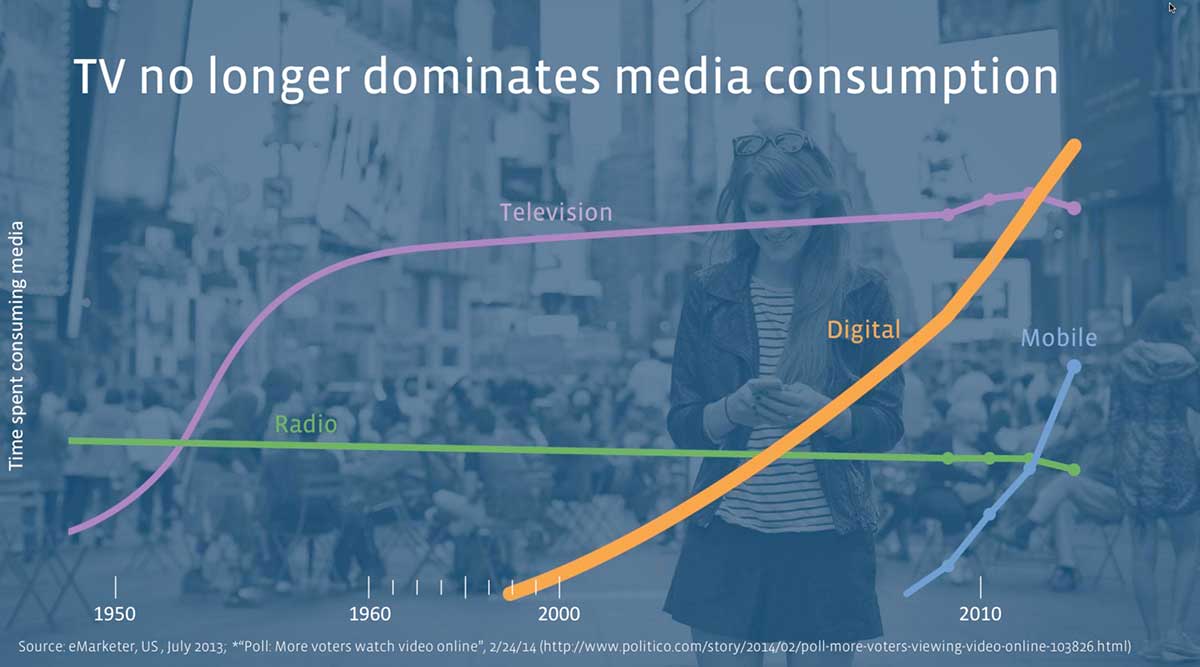Anyone who produced radio before 1990 will understand my fondness for razor blades. We had these big Studer decks that cost around $9000 U.S. When I wanted to mix music tracks with interview and voiceover segments, I used three tape reels on three decks: one for the music, one for the voices, and a third to mix them down. Sure, by this time any decent music studio had a 24-track deck with 2” tape, but this was public radio. We had two-track Studers, and an Engineering staff to keep them running.
The trick was to time everything on the source reels in advance. I spliced leader tape into the voice reel to match where I wanted to mix in the music. On the music reel I spliced leader tape where I wanted the voices. You want some overlap for fades between music and voice segments, and sometimes you want the music as a soft bed under the voices. The only way to get all segments in synch is with your ears, a razor blade, and splicing tape. And during mix down to the third deck, ride the faders.
Then I stopped doing that
In the mid-1990s I got into software and started building websites. A radio engineer who loved cleaning Studers told me computers would never be fast enough to record audio. I showed him how I was editing digital audio using CoolEdit on a desktop computer, and he still insisted it wasn’t possible.
I don’t like change either but I figured out a long time ago that I’d rather see it coming than get swamped in its wake.
Soon enough we had Digital Audio Workstations (DAWs) and software called SAW to edit as many audio tracks as could fit on a JAZ drive. One day I walked into a TV edit bay and saw my first video non-linear editor made by a company called Avid.
From that point forward we left the razor blades in their boxes.
The Revolution will not be televised
The signals we transmit through the electromagnetic spectrum carry the stories and programs we once cut with razor blades but now edit with a mouse. Our prevailing metaphors and professional self-definitions tell us that the new digital tools are easier to use, but do the same things we’ve always done: broadcasting. This is exactly where we’re getting stuck.
Meanwhile anyone with a smart phone can produce audio and video content and share it with the world. “Posh!” says my Studer-cleaning colleague. “It’s not broadcast quality!” And there’s one place where we disconnect from a possible future where public broadcasting is still relevant to the lives of most people.
Ooops, I just called it broadcasting too. Old habits die hard.

We define ourselves as broadcasters, producing public radio and public television. We win awards, and take justifiable pride in our work. Most importantly, we make a huge difference in our communities. We pursue our mission to inform, educate, and enlighten with integrity, and we enjoy the trust and support of our audiences.
But we see the trends shown in the above graph. We know that audience engagement with new media technologies is shifting faster than any time in the history of media, and that media technologies continue to rapidly change. In meetings everywhere, we say to ourselves that public broadcasting needs to become effective and relevant in the digital and social media age. There are pockets of innovation, success, and awesomeness in a few places, but in large part we haven’t made the transition from public broadcasting to public media.
How do we do that? Stop thinking of ourselves as broadcasters first. We need to become digital first.
Related Posts:
- What is digital first? A proposed definition for public media
- The New Media Operating System
- Public Media was about innovation from the start